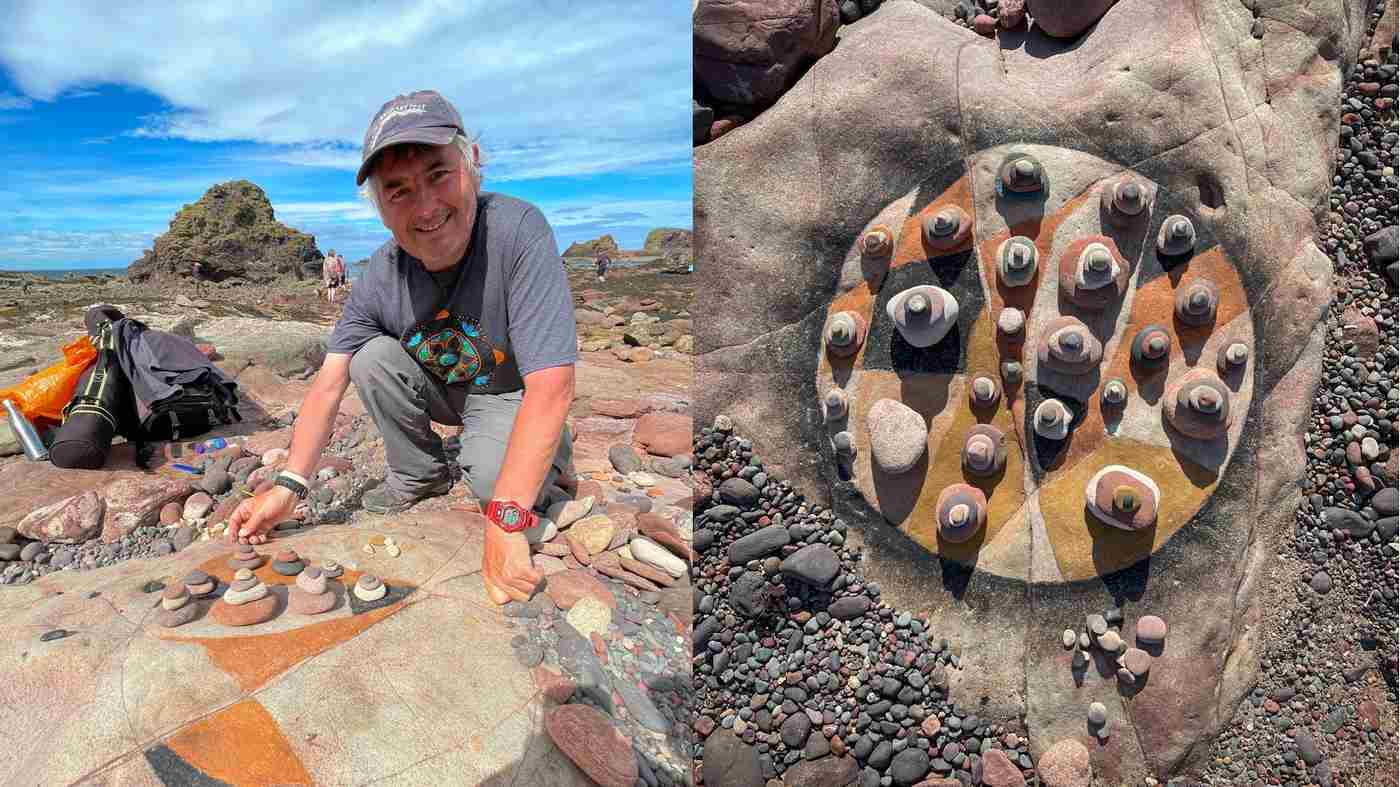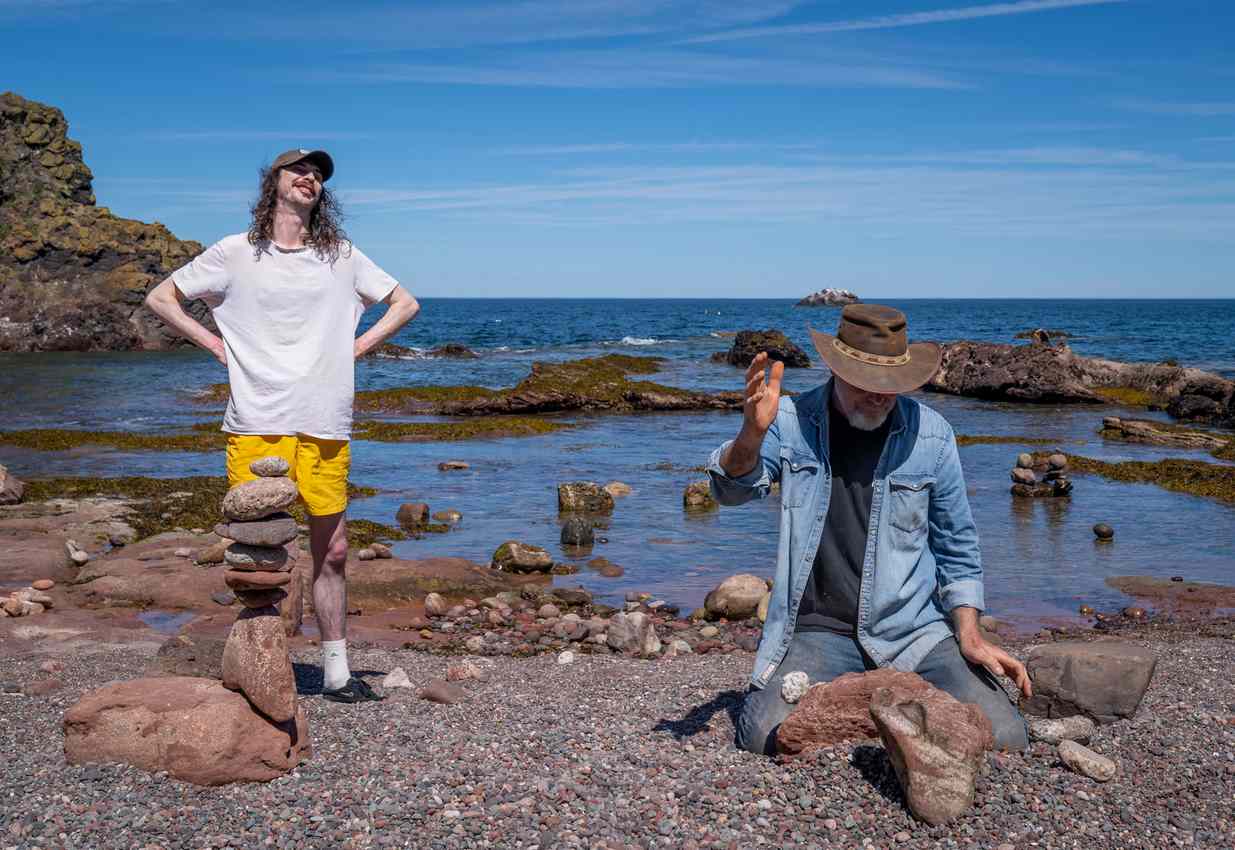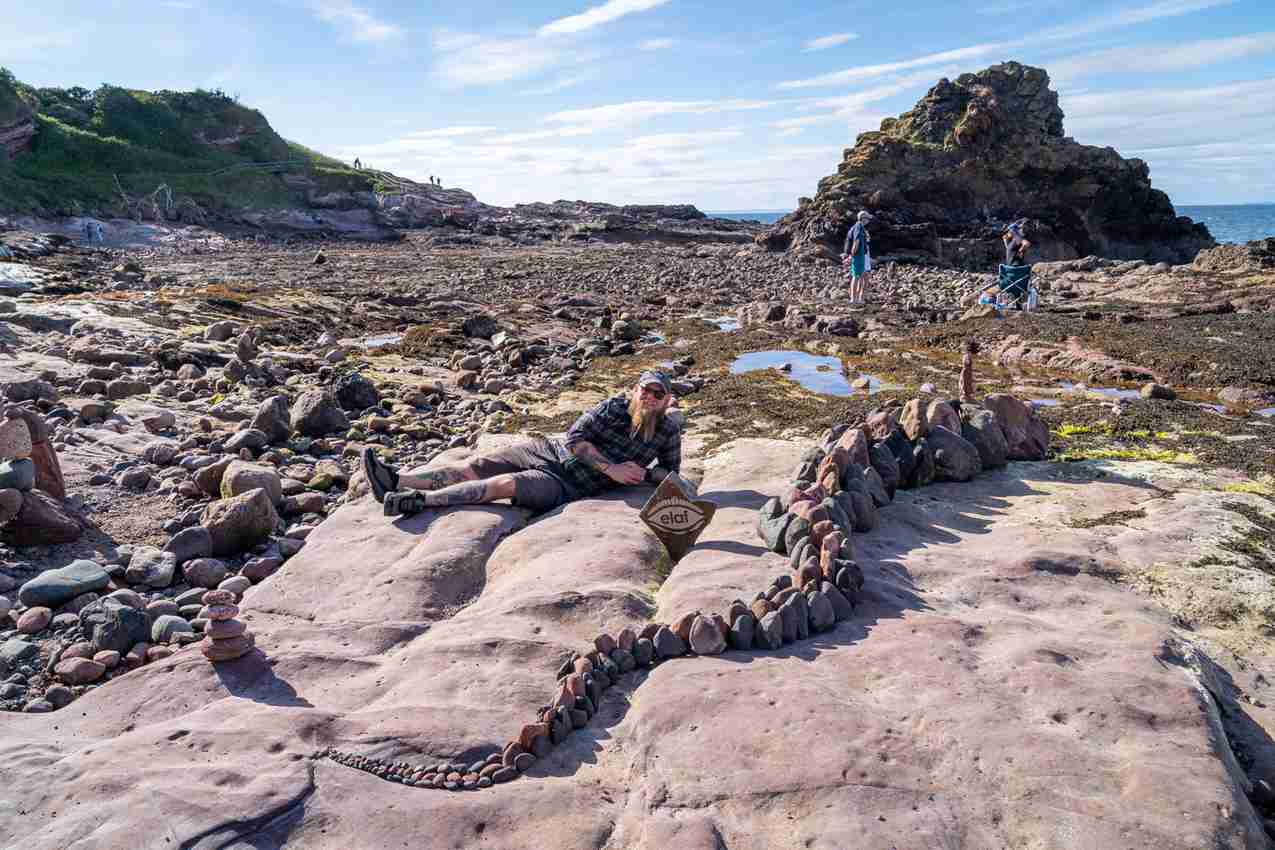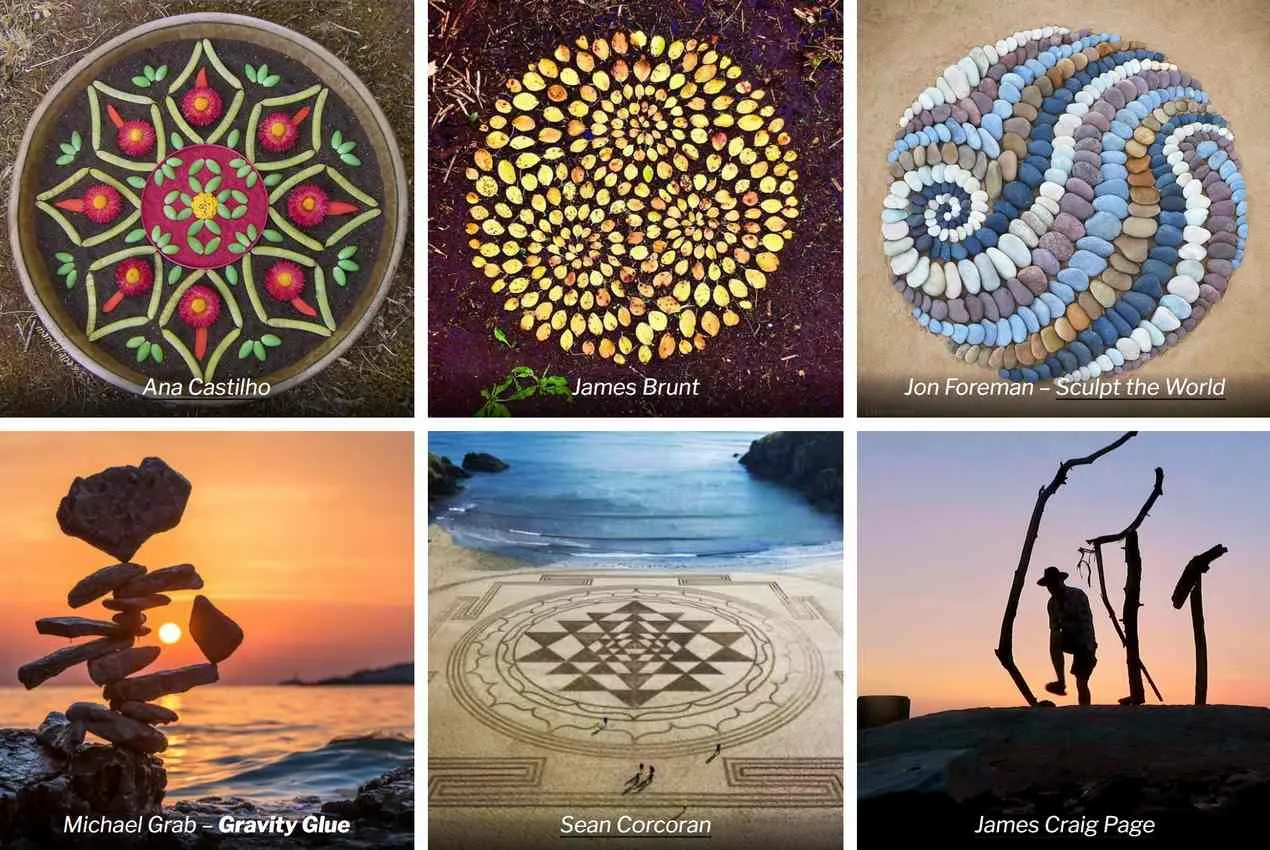Andy Corbley
goodnewsnetwork.org
Andy Corbley is the founder and editor of World At Large, a small environment, travel, and lifestyle focused journal that stresses integrity, nuance, and honesty which launched in early March 2019.
Every year, a wonderful event celebrating the beauty of component nature and humanity’s connection with it takes place over a weekend in Scotland.
The European “Land Art” Festival and Stone Stacking Championships were held for the fifth time in Dunbar on the shores of Scotland, and the photos are something to behold.
Organized originally as the “John Muir Stone Stacking Challenge,” taking the name of the famous Scottish-American naturalist who was born in Dunbar, the event was founded by local artist James Craig Page in 2016.
Then in 2022, after 5 successful years, albeit with 2020 off for obvious reasons, the festival’s stone stacking competition came under the umbrella of the European Land Art Festival, ELAF, and is now running for a full week each July.
“We want to introduce it to as many people as we can, especially to children who despite the wealth of digital distractions can still readily enjoy getting back to what so many of us took for granted as children; playing freely in nature,” writes Page on their website.
“Many people struggle to calm their racing minds… this is where land art is such a powerful tool, as not only is it enjoyable but it’s the ultimate mindful practice. If you are stacking stones there’s no way to do this without focusing the mind completely.”
Below are the photos from this year’s champions…
Tim Pugh from Wales took the overall competition prize, and was the winner of the 30 Minute Artistic Challenge…

Ben Ambrozevich won the award for best job with 2 minutes and 7 stones…

James Brunt won the Best Artistic Arch competition with this beautiful balancing act…

Then there were the non-competition sculptures, labors of love and concentration.


Stacking responsibly
Stacking stones is an ages old human activity. The old word in English is “cairn”, signifying the stacked stones that mark something like a trail. Archeologists have found cairns on all inhabited continents, some of which date back to our earliest hunter-gatherer societies.
Nevertheless there are more of us now than there once were, and mass-stone-stacking, particularly in sensitive ecosystems like creeks, riverbeds, streams, or steep mountainsides, can have detrimental effects over time.
Removing stones embedded in streambeds seriously impacts habitat for nesting fish, salamanders, tadpoles, and more, with scientific research from the National Parks Service showing it can actually contribute to habitat loss in impactful ways.
On hills and mountainsides, moving stones around to build cairns can expose the soil to water erosion, increasing the risk for landslides during heavy rains.
All humans have a right to cairn building and stone stacking as much as we have a right to do anything in nature. But that right comes with the responsibility to know when it’s appropriate to stack stones, and when the activity is harming the ecosystems that nature-lovers treasure.









